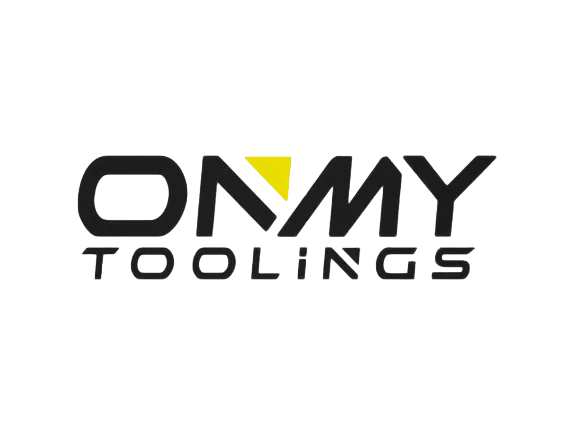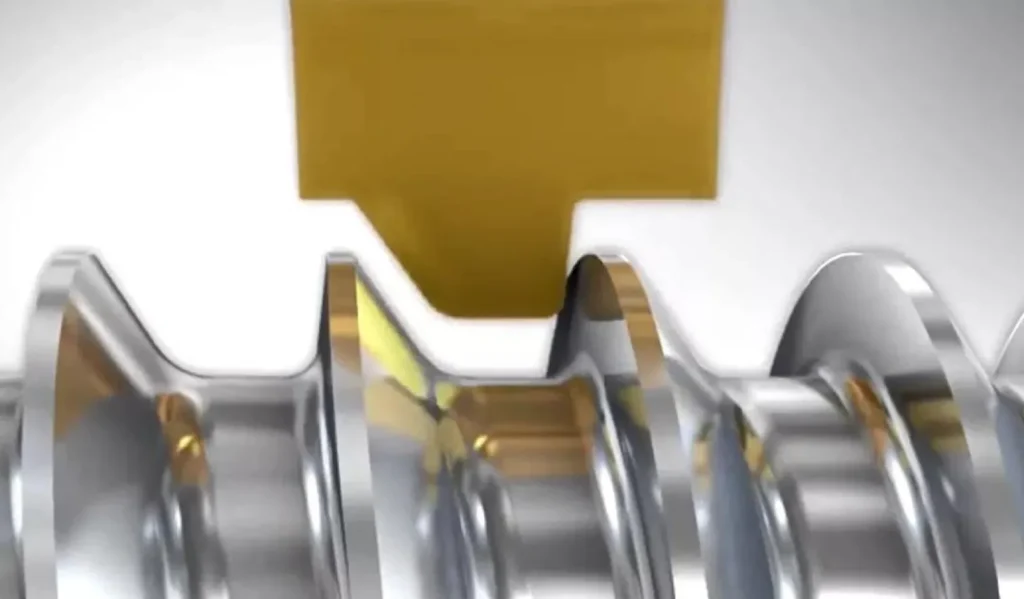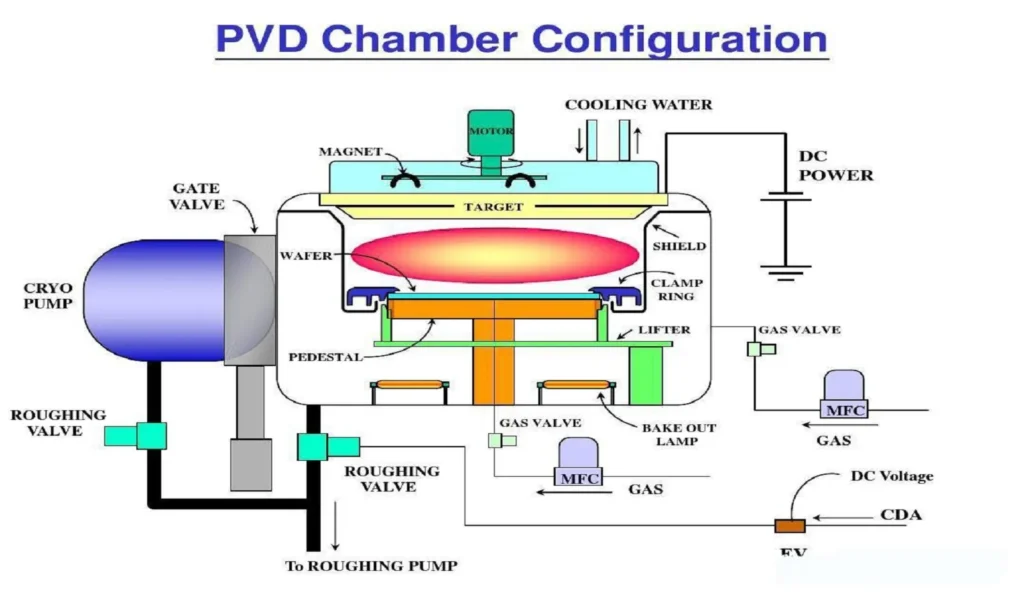機械加工の世界では、正しいフライス加工戦略を選択することが、プロジェクトの成功を左右します。この分野では、2つの基本的なアプローチ、すなわち、クライムミリングとコンベンショナルミリングが主流です。それぞれの違い、用途、最適な使用シナリオを理解することは、加工オペレーションで優れた結果を得るために非常に重要です。
複雑な記事は読みたくないという方は、以下の記事もご覧ください。 比較表 の間にある。
フライス加工法の紹介
フライス加工は、回転する切削工具を使って材料を削り取る加工プロセスである。 エンドミル フライス加工、刃先交換式フライス加工)。カッタの回転方向とワークの送り方向の関係により、2つの異なるフライス加工方法が定義されます。これらの加工方法は、仕上げ面品質、工具寿命、切削抵抗、および加工効率全体に大きな影響を与えます。
登りフライスと従来のフライスの違いは、主にカッターの回転に対する送り方向にある。この一見単純な違いが、それぞれ独自の利点と制限を持つ、劇的に異なる切削ダイナミクスを生み出します。
コンベンショナル・フライス(アップ・フライス)とは?
アップミルとしても知られる従来のフライス加工は、ワークがカッタの回転方向と逆に送られる場合に行われる。この方法では、切れ刃は切り屑の厚みがゼロの状態から始まり、切り口から離れるにつれて徐々に厚みを増していきます。これにより、上向きの切削作用が生じ、ワークが加工テーブルから浮き上がる傾向があります。

従来のフライス加工の特徴
従来のフライス加工では、切削力が被加工物を上下に引っ張る効果を生む。その結果、特に重切削時にはワークが振動し、びびりが発生しやすくなる。切れ刃とワークの最初の接触では、実際の切削が始まる前に擦れ合いが発生するため、加工硬化や工具摩耗の増加を引き起こす可能性がある。
従来のフライス加工の表面仕上げの品質は、一般に、登りフライス加工に比べて粗い。切削作用は、切り屑の形成パターンと上向きの揚力により、加工面にわずかに破れたような外観を残す。
アップカットミルの利点
アップカットフライスの利点は何ですか?従来のフライス加工には、特に古い工作機械にとって、いくつかの利点があります。リードスクリューにバックラッシがある工作機械では、切削力でワークがカッターに引き込まれることがないため、より寛容です。そのため、精密な制御が困難な手動加工でも安全です。
従来のフライス加工は、断続切削や、切削中に引っかかったり引っ張られたりする可能性のある材料を加工する場合にも適している。刃先が徐々に切り込まれるため、材料への進入がより制御されます。
アップカット・フライスの欠点
アップカットミーリングの欠点は何ですか?主な欠点は、仕上げ面の品質低下、初期摩擦による工具摩耗の増加、切削を維持するために必要な高い切削力などです。上向きの切削力は、ワークの浮き上がりを引き起こし、寸法精度不良や潜在的な安全上の危険を招く可能性があります。
従来のフライス加工に伴う振動やびびりは、工具寿命を縮め、精密な用途では許容できない表面仕上げを生み出すこともある。
クライムミリング(ダウンミリング)を理解する
クライムミル(ダウンミル)は、カッタの回転方向と同じ方向にワークが移動する場合に発生します。切れ刃は、切り屑の厚みが最大になるとすぐに噛み合い、切り口を抜けるとゼロになります。これにより、下向きの切削作用が発生し、ワークが加工テーブルにしっかりと押し付けられます。

クライム・ミリングの特徴
クライム切削では、切削力がテーブルに対してワークをクランプし、より安定した切削条件を作り出します。切れ刃が即座に完全に噛み合うため、従来のフライス加工に見られる擦れ動作がなくなり、よりきれいな切削と工具寿命の延長が実現します。
滑らかな切削動作と切り屑の形成と切削領域からの排出方法によって、仕上げ面の品質はクライムミルの方が格段に優れている。
クライム・フライス加工の利点
なぜ機械加工でクライムミルやダウンミルが選ばれるのでしょうか?主な理由は、優れた仕上げ面、工具寿命の延長、切削抵抗の低減、寸法精度の向上などです。下向きのクランプ力は、より安定した切削条件を作り出し、振動やびびりを低減します。
クライム加工では、切り屑が加工面から遠ざかるため、切り屑の排出性も向上します。これにより、切り屑の再切削を防ぎ、表面の傷や損傷の可能性を低減します。
クライム製粉の欠点
クライムフライスの主な限界は、バックラッシュを最小限に抑えた剛性の高い工作機械が必要なことである。リードスクリューが摩耗していたり、遊びが大きすぎる工作機械では、クライムフライス加工によってワークがカッターに引き込まれ、工具の破損やワークの損傷を引き起こす可能性がある。
比較のまとめ:クライムと従来のフライス加工、どちらが優れているか?
クライム加工と従来のフライス加工のどちらが優れているかという問題は、お客様の具体的なアプリケーションの要件と機械の能力によって決まります。
表面仕上げの品質
クライム切削は、そのスムーズな切削動作と適切な切り屑形成により、常に優れた仕上げ面を得ることができます。従来のフライス加工では、一般的に仕上げ加工を追加する必要がある粗い加工面になってしまいます。
工具寿命
クライム切削は一般的に、最初の擦れ合いをなくし、より効率的な切削を行うことで、工具寿命を延ばします。即座に完全にかみ合うため、工具の摩耗と発熱が減少します。
切断力
どちらの方法も切削力を発生させますが、一般的にワークの安定性には、クライムフライスの下向きのクランプ力の方が有利です。従来のフライス加工の上向きの力は、ワークの移動や寸法のばらつきを引き起こす可能性があります。
マシン要件
従来型のフライス加工は、バックラッシュのある古い機械に寛容であるが、クライムフライス加工は、最適な結果を得るために、剛性が高く、よくメンテナンスされた装置を必要とする。
それぞれの方法をいつ使うか
クライムカットの使用時期
どのような場合にクライムカットを使うのか?クライムカットは、仕上げ加工や精密加工、最新のCNCマシンを使用する場合に適しています。厳しい公差と優れた表面仕上げを実現するのに理想的です。
アルミのフライス加工と従来のフライス加工の比較では、アルミは切削工具に溶接しやすいため、一般的にフライス加工が好まれます。登りフライス加工のきれいな切削動作は、エッジの蓄積を減らし、アルミニウム部品の表面仕上げを向上させます。
ダウンミリングよりアップミリングが望ましいのはどんな場合か?
ダウンミル加工よりアップミル加工の方が良い場合とは?従来のフライス加工は、バックラッシュが大きい古い機械で加工する場合、断続面を加工する場合、または手作業でオペレーターの安全を第一に考える場合に選択されます。
また、表面仕上げがそれほど重要でない荒加工や、切削中に引っ掛かったり引っ張られたりしやすい材料を加工する場合にも適している。
結論
クライムフライスとコンベンショナルフライスの違いを理解することは、加工オペレーションを最適化するために不可欠です。一般的に、登りフライス加工は仕上げ面精度と工具寿命の点で優れた結果をもたらしますが、従来型フライス加工は、特定の用途や機械の制約の下では、依然として価値のある加工です。
フライス加工を成功させる鍵は、加工機の能力、材料の特性、仕上げ面の要求、操作上の制約など、お客様固有の要件にフライス加工法を適合させることにあります。各工法をいつ、どのように適用するかについて、十分な情報を得た上で決定することで、効率と工具寿命を最大化しながら、最適な結果を得ることができます。
クライムミリングと従来のミリングの主な違いは何ですか?
主な違いは、カッターの回転に対する送り方向にある。従来のフライス加工は回転に逆らって送りますが、クライムフライス加工は回転しながら送ります。
従来のフライス加工はどのような用途に最適ですか?
従来のフライス加工は、バックラッシや断続切削のある古い機械や、工具のかみ合わせを緩やかにしたい場合に最適です。
アルミニウムの加工には、どちらの方法が適していますか?
クライム切削は、そのきれいな切削作用とビルドアップエッジ形成の減少により、一般にアルミニウムに好まれる。
従来のフライス加工ではなく、登りフライス加工を選ぶ理由は?
クライム加工は、優れた仕上げ面、長い工具寿命、高剛性機械での優れた寸法精度のために選択される。
どのような場合にクライミングミルを避けるべきか?
バックラッシュが大きい機械や、ワークピースの剛性が不十分で引き抜き力に対抗できない場合は、クライムフライスを避けてください。
比較表
クライム・フライス加工と従来のフライス加工の比較
| アスペクト | 従来のフライス加工(アップフライス加工) | クライムミリング(ダウンミリング) |
|---|---|---|
| プロセス特性 | ||
| フィード方向 | カッターの回転に対して | カッター回転付き |
| チップ厚さ | ゼロから最大(徐々に増加) | 最大~ゼロ(徐々に減少) |
| 切断力 | 上下方向(ワークを持ち上げる) | 下向き(ワークをクランプ) |
| ツール・エンゲージメント | 最初の揉みほぐしから徐々に関与 | 即座のフル・エンゲージメント |
| 利点 | ||
| 表面仕上げ | 粗加工に適している | 優れた仕上げ品質 |
| 工具寿命 | 標準工具寿命 | 工具寿命の延長 (20-50% より長い) |
| マシン要件 | バックラッシュのある機械に対応 | 高剛性で精密な機械が必要 |
| 安全性 | より安全な手作業 | 慎重なセットアップが必要 |
| 振動コントロール | 振動とチャタリングの増加 | よりスムーズな切断、より少ない振動 |
| デメリット | ||
| 表面品質 | 表面仕上げが悪い | 優れた表面品質 |
| 工具摩耗 | 摩擦による摩耗の増加 | 初期摩耗が少ない |
| ワークの安定性 | 揚力が不安定を引き起こす | 優れたワーク把持 |
| マシンの互換性 | 旧型機との互換性 | バックラッシュのある機械には適さない |
| リスク要因 | ワーク引き抜きのリスクを低減 | ワークがカッターに引き込まれる危険性 |
| 最適なアプリケーション | ||
| オペレーション・タイプ | 荒加工、断続切削 | 仕上げ加工、精密機械加工 |
| マシンタイプ | 古いミル、マニュアル機 | 最新のCNCマシン、厳格なセットアップ |
| 素材適合性 | 硬質材料、鋳鉄 | アルミニウム、軟鋼、精密合金 |
| 公差要件 | 標準公差(±0.005″またはそれ以下) | 厳しい公差(±0.001″~±0.002) |
| 生産量 | 少量から中量 | 中・大量生産 |
| いつ選ぶか | ||
| ベストチョイス |
- マシンのバックラッシュ - 手作業による加工が必要 - 切断面の中断 - 荒加工 - 安全が第一 |
- 表面の仕上げが重要 - 厳しい公差が要求される - 最新のCNC設備あり - アルミニウム加工 - 大量生産 |



